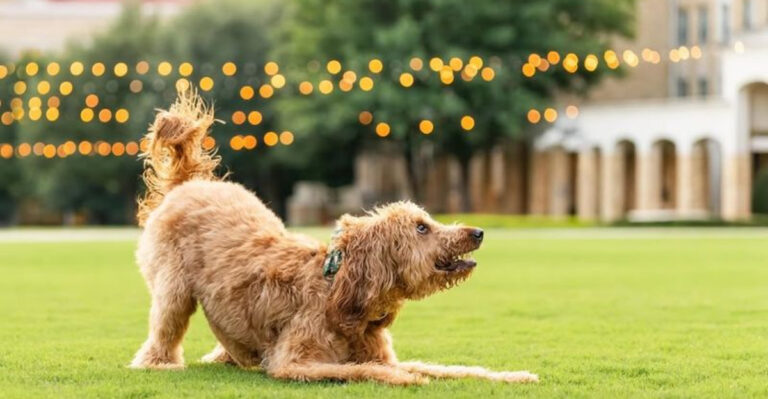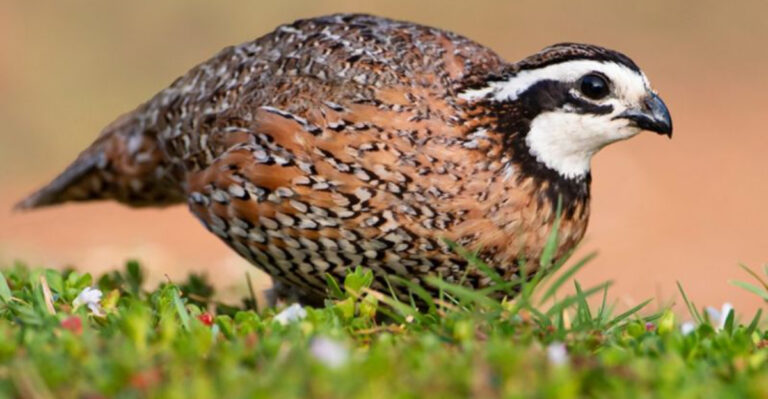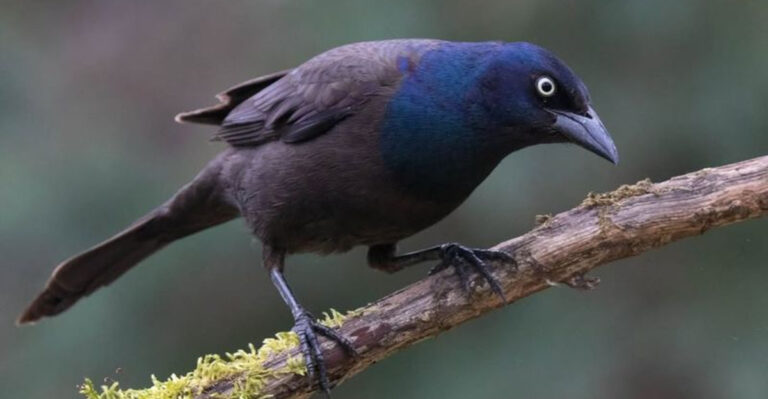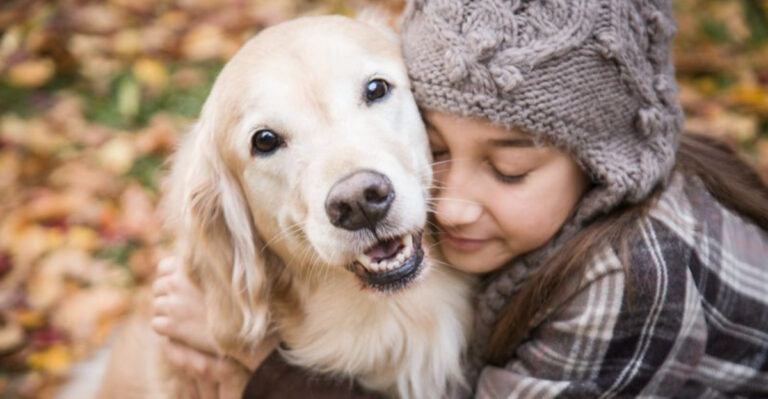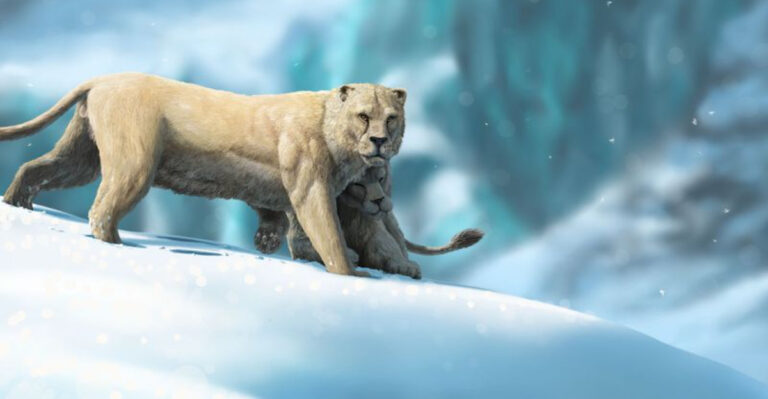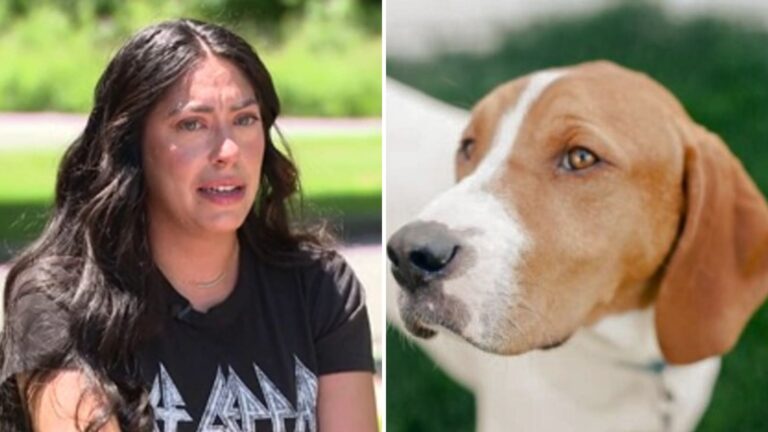The Truth About Animal Grief And How They Express It
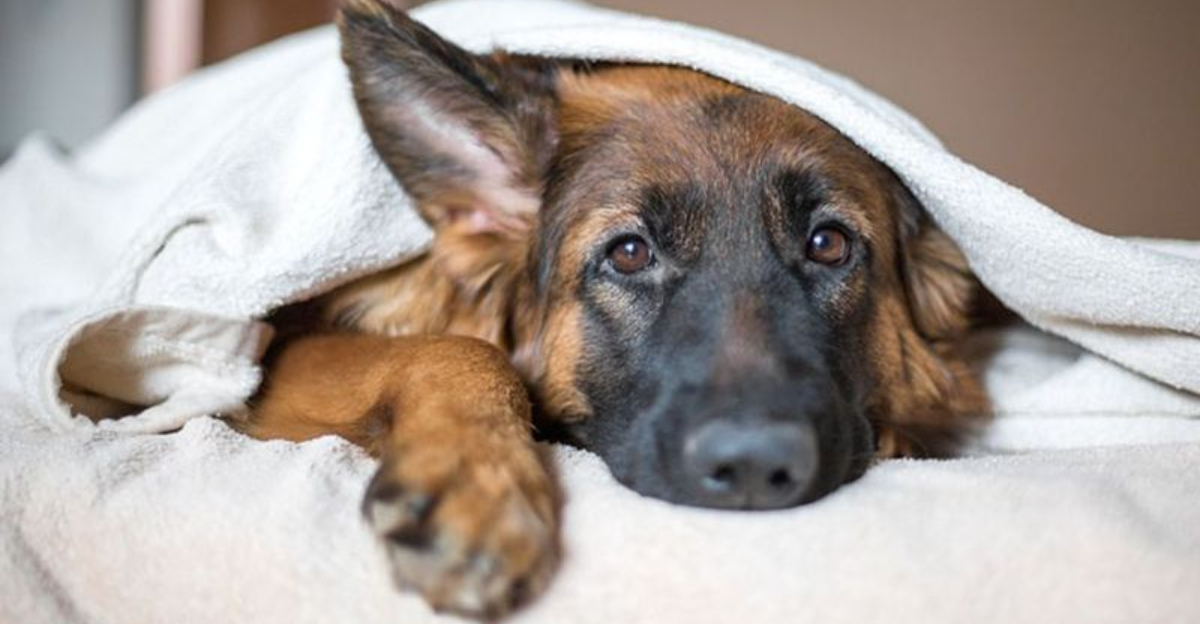
Animals experience emotions far deeper than many people realize. When they lose a companion or family member, their grief can be profound and heartbreaking to witness.
Scientists have documented mourning behaviors across species from elephants to magpies, revealing that the capacity to grieve isn’t uniquely human after all.
1. Elephants Hold Funeral Rituals
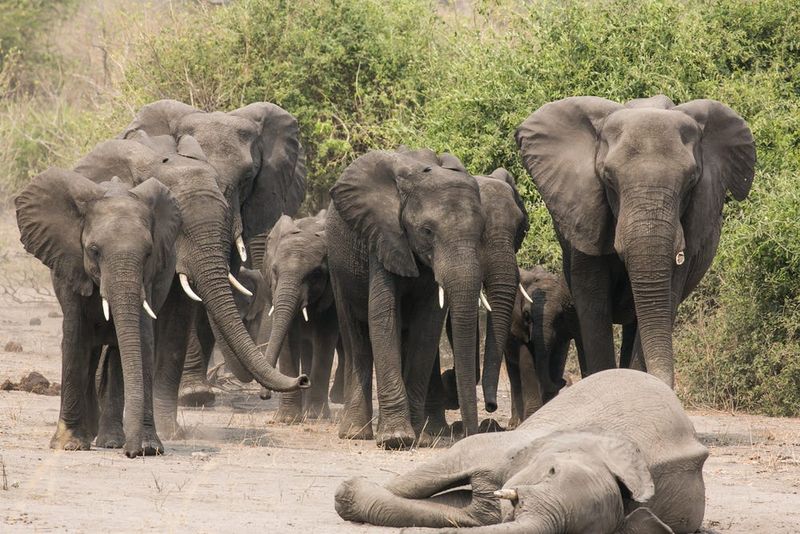
Standing silent and still, elephants will gather around their deceased herd members, gently touching the bones with their trunks. They may cover the body with branches and soil, returning to visit the site for years afterward.
Family members often make low rumbling sounds that researchers believe express their sorrow. This ritual behavior shows a deep understanding of death that few other species demonstrate.
2. Magpies Lay Grass On Their Dead
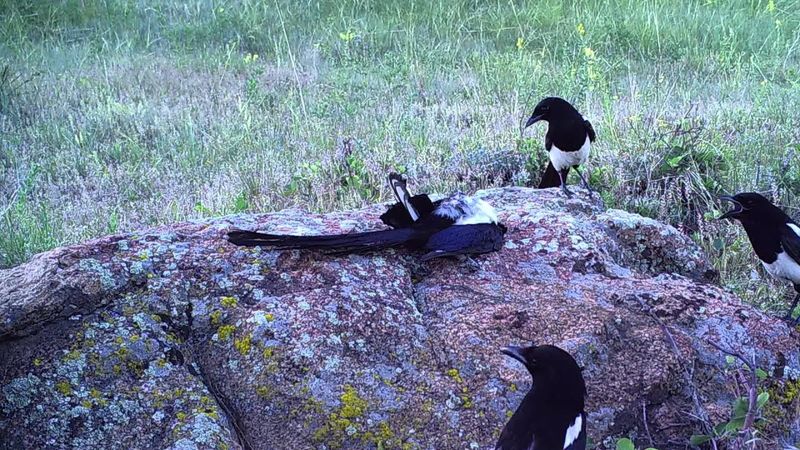
Researchers once spotted a group of magpies placing grass next to a fallen comrade. After placing the grass, they stood vigil before flying away, an unexpected funeral-like behavior from birds.
What made this observation remarkable was how the birds stopped their normal activities, suggesting they recognized something significant had occurred. Their behavior challenges our assumptions about bird cognition and emotional capacity.
3. Gorillas Refuse To Leave Their Dead
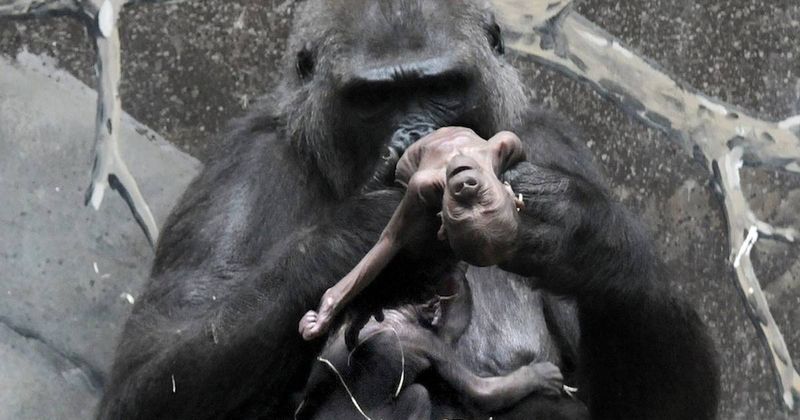
When Binti Jua, a gorilla at Brookfield Zoo, lost her baby, she carried the lifeless body for days, unwilling to accept the reality of death. Wild gorillas show similar behaviors, carrying deceased infants sometimes for weeks.
Mothers will groom, protect, and sleep with the body until decomposition forces them to let go. The extended carrying period suggests a complex understanding of loss and attachment beyond simple instinct.
4. Dolphins Push Dead Calves To The Surface
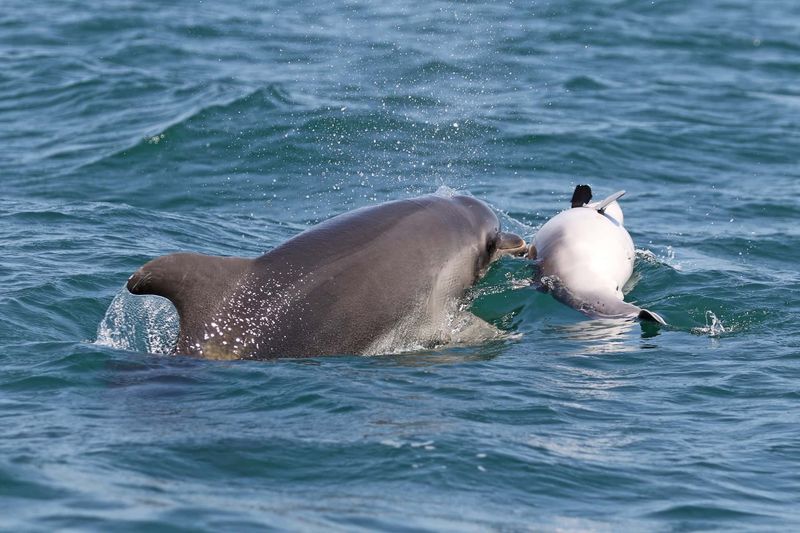
Mothers will push their dead calves to the water’s surface for days after death. This heartbreaking behavior appears to be an attempt to help the calf breathe, even though the mother must realize something is wrong.
Other pod members often swim in protective circles around the grieving mother and deceased calf. Marine biologists believe this communal behavior represents a form of dolphin mourning ritual and social support.
5. Chimpanzees Clean Their Dead
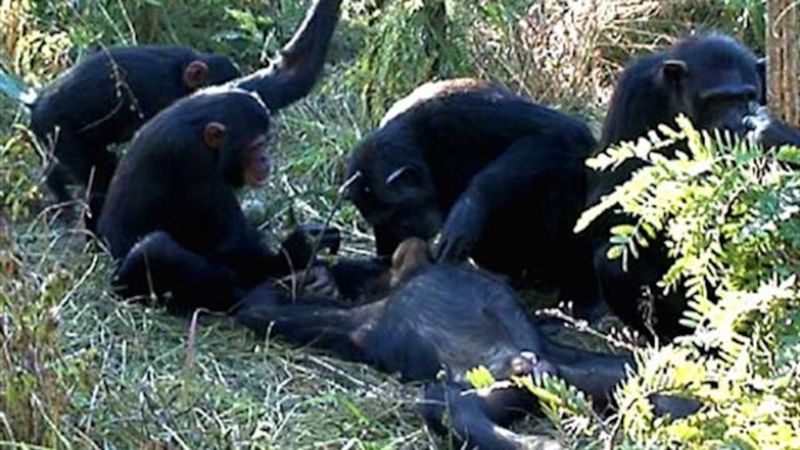
A mother chimp named Jire was observed using a blade of grass to clean her deceased son’s teeth – a tender final act of maternal care. Researchers have documented chimps grooming dead community members before abandonment.
Sometimes they’ll sit with the body in silence, occasionally touching it as if checking for signs of life. These behaviors suggest chimps may comprehend death’s permanence while struggling to accept the loss of social bonds.
6. Horses Attend Equine Funerals
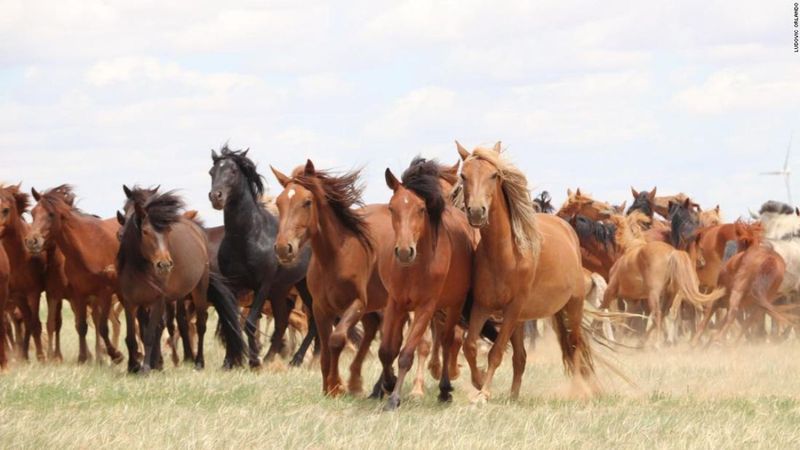
Ranchers report that horses often gather around when one of their herd dies, sometimes nickering softly or pawing at the ground. They may stand guard for hours, seemingly reluctant to leave their fallen companion.
Some horses show dramatic behavior changes after losing a stable-mate, including depression, appetite loss, and increased whinnying. The bond between horses can be so strong that surviving animals sometimes search for their missing friend for days.
7. Crows Hold Crow Wakes
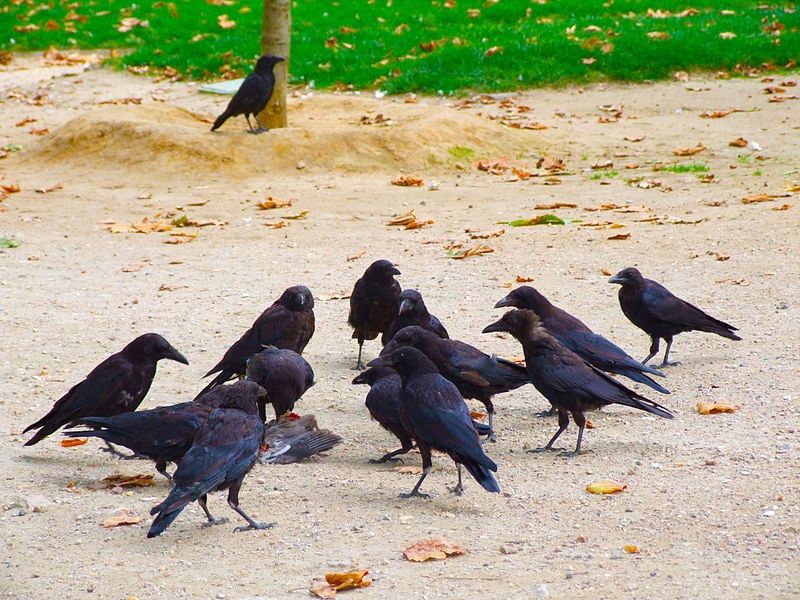
Flocking to their fallen comrades, crows gather in what scientists call “crow funerals.” They’ll surround the deceased bird, calling loudly in distinctive patterns different from their usual communications.
These intelligent birds appear to investigate the death, perhaps learning about potential dangers. Yet their behavior goes beyond practical concerns – they’ll sometimes place objects near the body and maintain their vigil for hours, suggesting emotional processing.
8. Dogs Grow Depressed After Loss
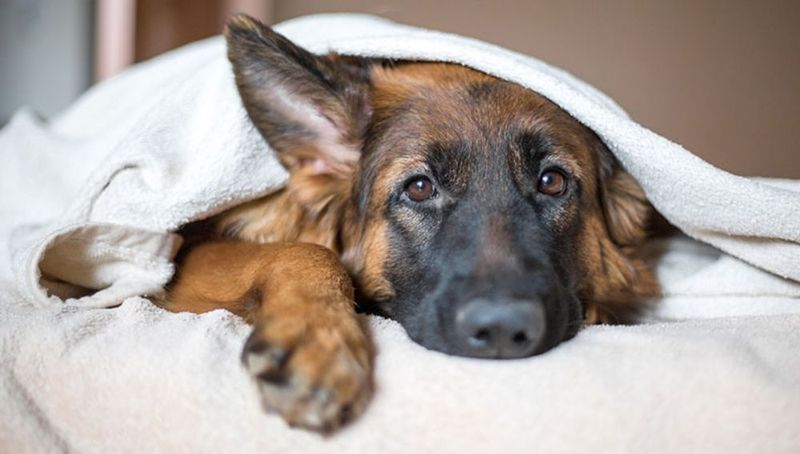
After losing an owner or canine companion, many dogs show classic signs of depression. They might stop eating, become lethargic, or search the house whimpering for their missing friend.
Some dogs will sleep on their deceased companion’s bed or with items carrying their scent. Veterinarians recognize these symptoms as genuine grief responses, not just confusion over a change in routine. The mourning period typically lasts from weeks to months.
9. Geese Mourn Their Mates
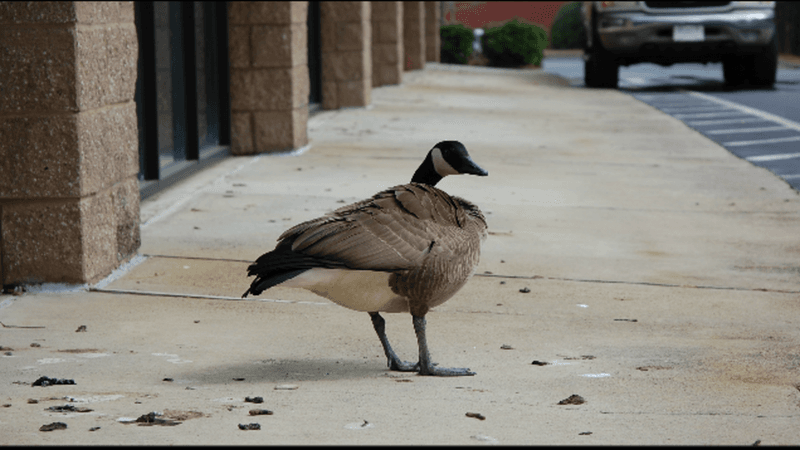
Mating for life creates profound bonds in geese, and when one partner dies, the survivor often exhibits classic grief symptoms. They may separate from the flock, call repeatedly for their missing mate, and lose interest in eating.
Some bereaved geese have been observed returning to the same spot where their partner died, standing sentinel for hours. The depth of their mourning makes sense given their decades-long partnerships and highly social nature.
10. Cats Search For Missing Friends
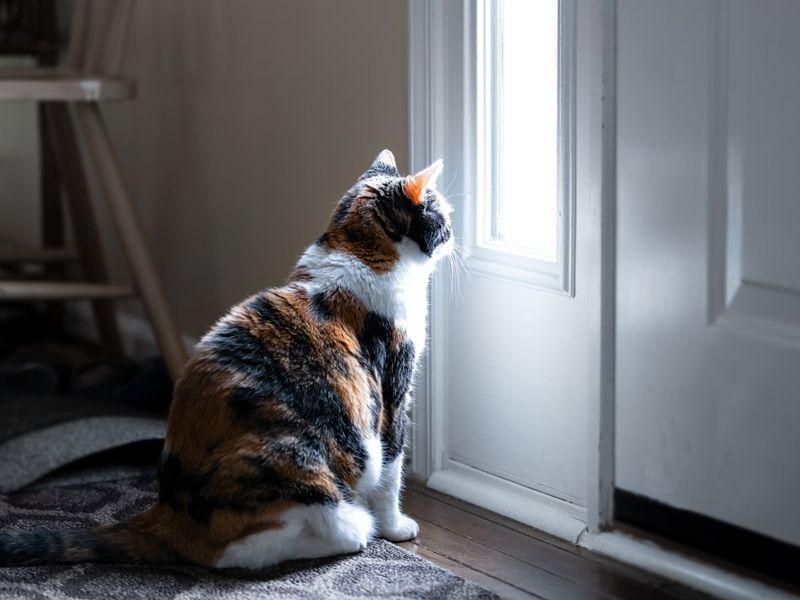
Contrary to their aloof reputation, cats form deep attachments and grieve when companions disappear. They’ll often search the house, meowing in distinctive tones while looking for their missing friend.
Some cats will sleep in the deceased animal’s favorite spots or carry around toys that belonged to them. Changes in appetite, excessive grooming, and withdrawal are common grief responses. Multi-cat households may show disrupted social hierarchies as they adjust to the loss.
11. Giraffes Form Grieving Circles
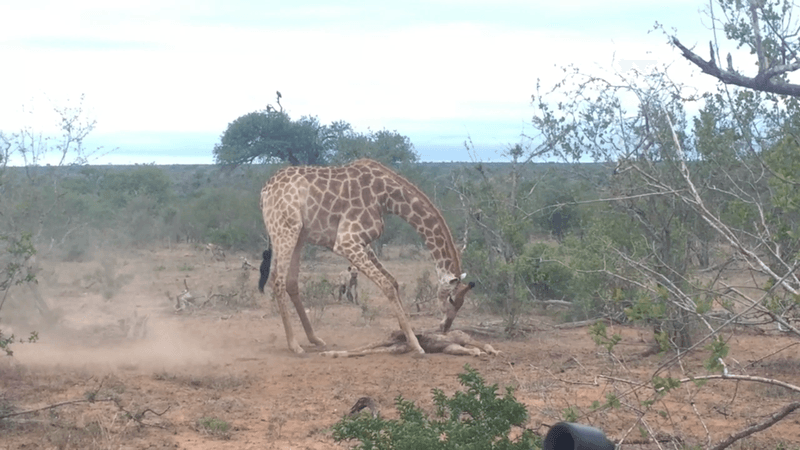
When a giraffe dies, particularly a calf, the herd often forms a protective circle around the body. They’ll stand with necks extended, appearing to keep watch over their fallen member.
Mother giraffes have been observed staying with their deceased calves for days, repeatedly nudging them as if trying to rouse them. The entire herd’s behavior changes – they become quieter, more vigilant, and stay closer together, suggesting a community-wide response to loss.
12. Wolves Howl For Lost Pack Members
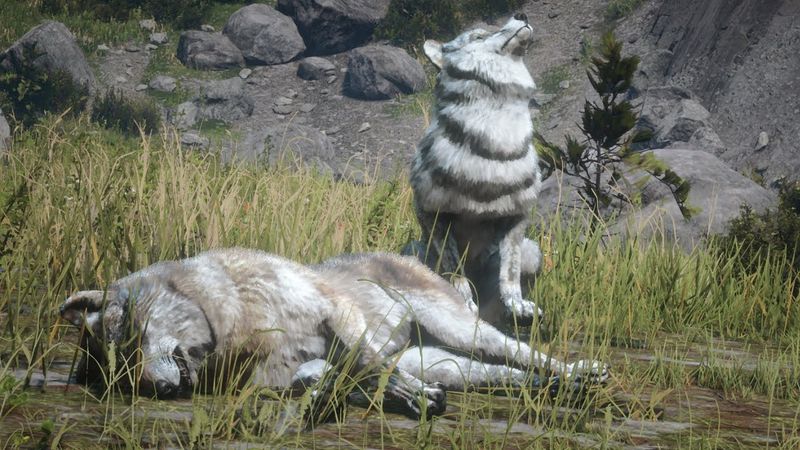
A wolf pack’s mournful howls take on a different tone when a member dies. Scientists have documented distinct vocalizations that occur only after a death, suggesting a specific language of grief.
The pack may become subdued, with decreased playing and hunting activity. Alpha pairs who lose their mates often don’t take new partners for months or even years. This prolonged response indicates emotional bonds that transcend mere survival instincts.
13. Sea Lions Vocalize Their Distress

Mother sea lions who lose pups make distinctive, heartbreaking calls that researchers can identify as expressions of grief. They’ll patrol the shoreline for days, making these unique vocalizations while searching for their missing young.
Colonies become noticeably quieter when deaths occur, particularly of young members. The mothers may refuse to return to the sea to feed, staying near the last place they saw their pup. This behavior often continues until physical needs finally override emotional distress.
14. Llamas Guard Their Deceased
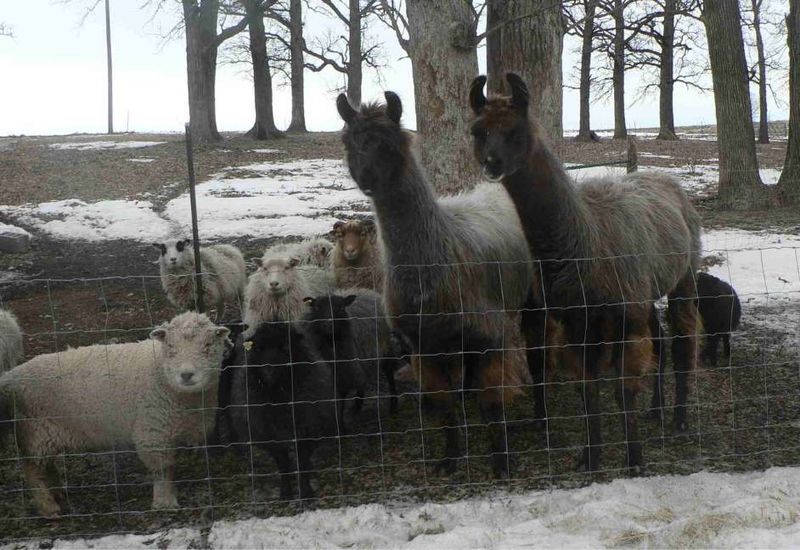
Farmers report that when a llama dies, herd members will stand guard around the body, sometimes for days. They position themselves facing outward, creating a protective barrier against predators.
What makes this behavior remarkable is how they take turns, allowing some to eat while others maintain the vigil. After the body is removed, llamas often avoid that specific area of pasture for weeks or months, suggesting they associate the location with their loss.
15. Rabbits Stop Eating When Bonded Pairs Break
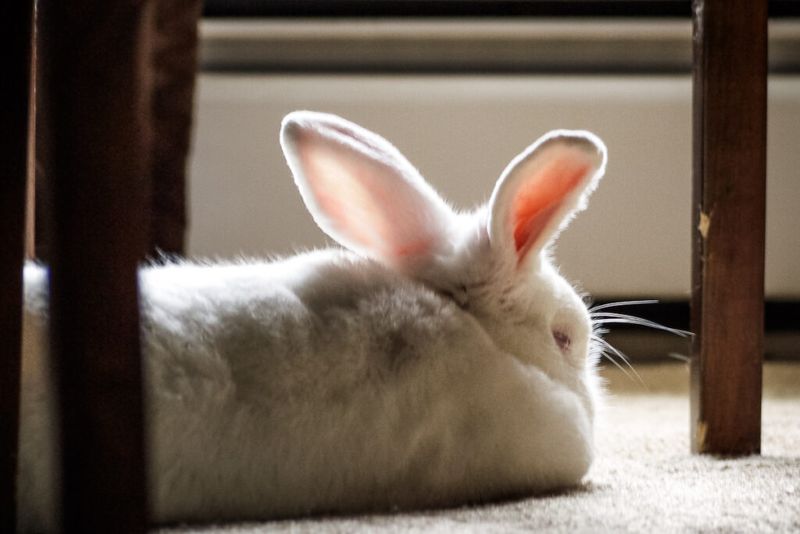
When one rabbit of a bonded pair dies, the survivor often refuses food and water, sometimes fatally. Their grief manifests physically – they may pull out fur, become lethargic, or hide in corners.
Companion rabbits typically spend every moment together – grooming, sleeping, and playing. The sudden absence creates profound disorientation. Rabbit owners often need to hand-feed bereaved bunnies to prevent dangerous weight loss during this critical mourning period.

